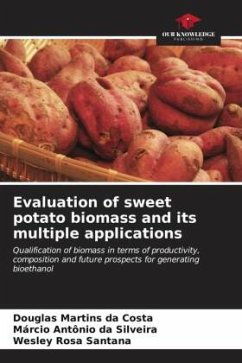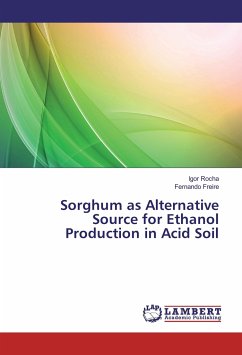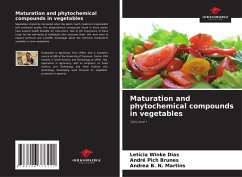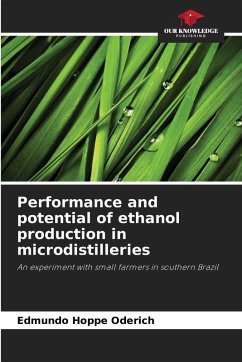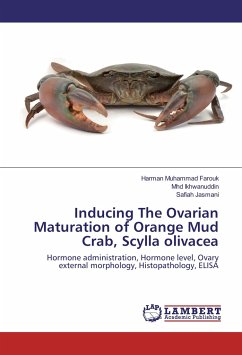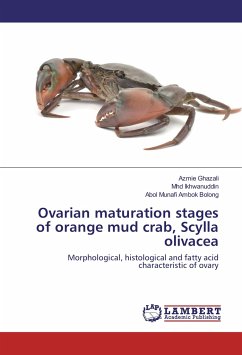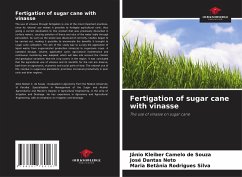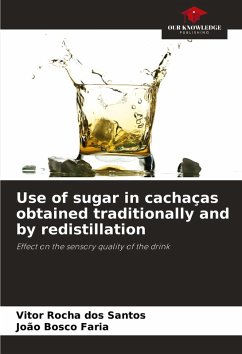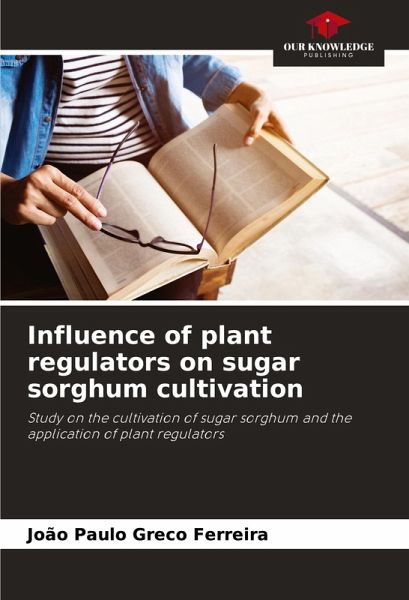
Influence of plant regulators on sugar sorghum cultivation
Study on the cultivation of sugar sorghum and the application of plant regulators
Versandkostenfrei!
Versandfertig in 6-10 Tagen
22,99 €
inkl. MwSt.

PAYBACK Punkte
11 °P sammeln!
Among the wide range of raw materials used to produce ethanol, sorghum is the crop that stands out in terms of productivity when compared to sugar cane. With its high levels of fermentable sugars, rapid reproductive cycle, ease of mechanisation and harvesting that can be brought forward by up to four months compared to sugar cane, this crop stands out from other raw materials. In addition, sorghum can be used to supply raw materials during the off-season at sugar and alcohol mills, supporting national ethanol production. The use of plant regulators in cultivars has the function of altering the...
Among the wide range of raw materials used to produce ethanol, sorghum is the crop that stands out in terms of productivity when compared to sugar cane. With its high levels of fermentable sugars, rapid reproductive cycle, ease of mechanisation and harvesting that can be brought forward by up to four months compared to sugar cane, this crop stands out from other raw materials. In addition, sorghum can be used to supply raw materials during the off-season at sugar and alcohol mills, supporting national ethanol production. The use of plant regulators in cultivars has the function of altering the physiology and morphology of plants, causing quantitative and qualitative changes in their formation. The aim of this book is therefore to develop a study on the cultivation of sugar sorghum and the application of plant regulators, obtaining a survey through bibliographical works of the main concepts for improving crop production, taking sugar cane as a reference, with a view to improving productivity.







